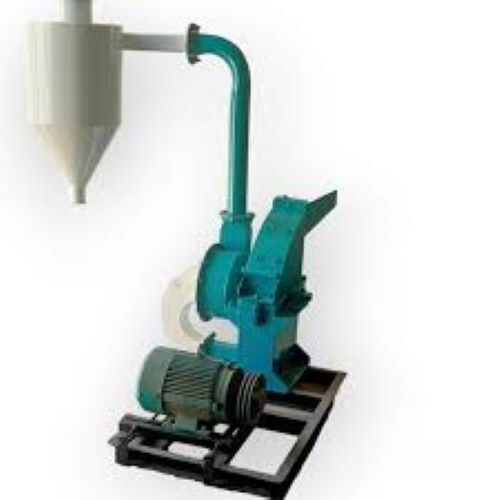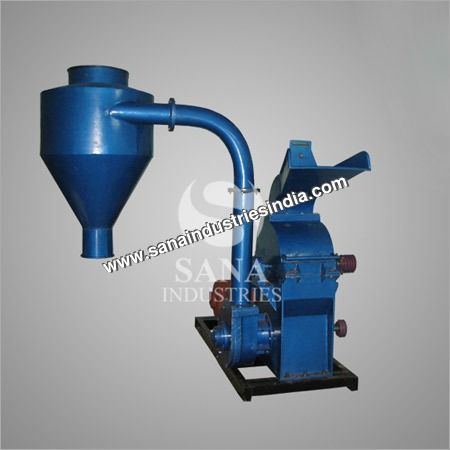Rice Grinding Machine
Product Details:
Rice Grinding Machine Price And Quantity
- 100000.00 INR/Piece
- 100000.00 - 500000.00 INR/Piece
- 1 Piece
Product Description
A rice grinding machine, also known as a rice grinder or rice mill, is a piece of equipment used to process raw rice grains into various forms such as rice flour or rice powder. Here are some key features and considerations related to rice grinding machines:
1. Purpose
- Rice grinding machines are specifically designed to process rice grains into fine particles or flour. They are commonly used in households, restaurants, food processing plants, and rice mills for preparing various rice-based dishes and products.
2. Construction
- Rice grinding machines typically consist of a grinding chamber or hopper where the rice grains are fed, a grinding mechanism or milling head that grinds the rice into powder, and a collection container or outlet where the ground rice is discharged. The machine may also include controls, motors, and safety features.
3. Grinding Mechanism
- The grinding mechanism of a rice grinding machine may vary depending on the specific design and model. Common types of grinding mechanisms include stone mills, burr mills, hammer mills, and blade grinders. Each type of mechanism offers different grinding capacities, efficiencies, and particle sizes.
4. Capacity and Output
- Rice grinding machines are available in various capacities to suit different production requirements, ranging from small-scale home use to large-scale commercial operations. The output capacity of the machine determines the amount of rice that can be processed within a given time frame.
5. Grinding Settings
- Some rice grinding machines offer adjustable settings for controlling factors such as grinding fineness, speed, and consistency. These settings allow users to customize the grinding process to achieve the desired texture and quality of the ground rice.
6. Power Source
- Rice grinding machines may be powered by electricity, gasoline, diesel, or manual operation, depending on the model and application. Electric rice grinders are commonly used for convenience and efficiency in modern settings, while manual or traditional grinding methods may be preferred in certain cultural or rural contexts.
7. Ease of Use
- Rice grinding machines should be user-friendly and easy to operate, with intuitive controls and ergonomic design features. Safety considerations such as protective covers, emergency stop buttons, and automatic shut-off mechanisms help prevent accidents and injuries during operation.
8. Cleaning and Maintenance
- Regular cleaning and maintenance are important for keeping rice grinding machines in optimal working condition. This includes removing residual rice flour, debris, and contaminants from the grinding chamber, as well as lubricating moving parts and inspecting for wear and tear.
9. Material Quality
- The quality of materials used in the construction of rice grinding machines impacts their durability, performance, and longevity. Machines made from high-quality materials such as stainless steel, aluminum, or food-grade plastics are preferred for hygienic and safe food processing.
10. Cost Considerations
- The cost of rice grinding machines varies depending on factors such as capacity, power source, features, and brand. While initial investment costs may vary, it's important to consider the long-term value, efficiency, and reliability of the machine for your specific needs.
Overall, rice grinding machines play a crucial role in rice processing and food preparation, enabling the efficient and convenient conversion of raw rice grains into fine flour or powder for various culinary and industrial applications. By selecting the appropriate machine type, capacity, and features, users can achieve consistent and high-quality results in rice grinding operations.

Price:
- 50
- 100
- 200
- 250
- 500
- 1000+
Other Products in 'Micro Pulverizer' category
GST : 36ARBPS2525A1Z8
|
 |
SANA INDUSTRIES
All Rights Reserved.(Terms of Use) Developed and Managed by Infocom Network Private Limited. |









